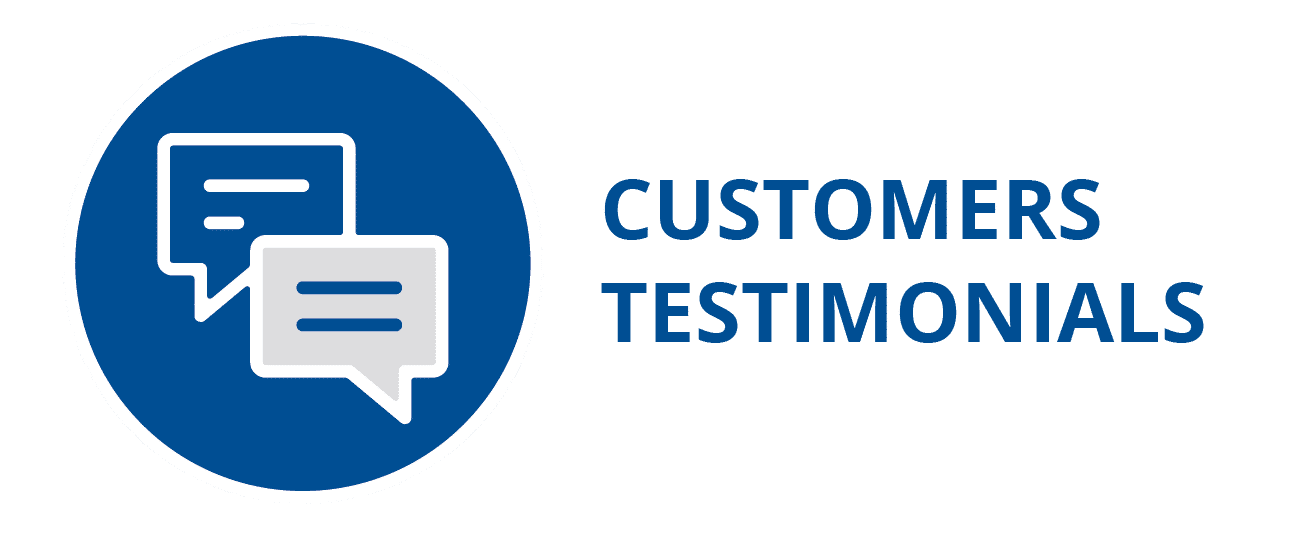6 Steps to Trouble Shoot & Fix the Most Common Problems with AODD Pumps
Air operated double diaphragm pumps (AODD) are a great option for transfer applications thanks to their simple design that makes operation simple and repairs cost effective. It is imperative to install and operate the pump properly to achieve peak performance. If you are experiencing problems with your AODD during installation or operation try the below six quick and easy fixes to trouble shoot and repair common issues.
1. Check the Inlet Air Line Size and Pressure
The most common mistake made related to AODD pumps is installing an air line that is too small. The pump needs compressed air to operate at optimal performance, and a too small air line deprives the pump of that necessary fuel. Larger AODD pumps (one inch and greater) require more compressed air and larger air lines compared to their smaller counterparts. Check the manufacturer’s installation and operation manual for the right air line size for your pump. As a general rule of thumb, it is best to match air line hose size to the inlet port size on the air valve of AODD pumps. Inlet air pressure also plays a part in optimizing your pump’s performance. Diaphragm pumps operate on a 1:1 ratio. This means the pressure of the inlet air you feed the pump is directly related to the fluid pressure at the outlet of the pump. If the target outlet pressure of a 1 inch, 50 gpm pump is 100 psi, the inlet air pressure entering the air valve of the pump must be greater or equal to 100 psi also. Fluid viscosity and system back pressure impact the outlet fluid pressure. With too little back pressure the pump may run inefficiently because the ball checks may not check as quickly. Too much back pressure may cause the pump to stall if the fluid pressure overcomes the air pressure. To control flow, pressure and performance of an AODD pump it is important to have an air regulator installed to control the incoming air pressure. The correct air line size, partnered with an air regulator will solve the most common issue with AODD pump installation.2. Inspect for Muffler Icing and Restrictions
Mufflers are included and recommended at install on AODD pumps because they can generate high decibel levels at full speed. Compressed air is required to operate the pumps air motor. When the compressed air enters the air valve and is channeled through the pump center section to exhaust through the muffler, rapid temperature changes occur. Air temperature is well below freezing at the muffler exhaust and can cause icing-related issues. This is more common in high humidity environments. Indications that you have icing related issues are if your pump is operating erratically, if the inlet air has high levels of moisture or if you see front on the outside of your muffler. Try the below solutions to eliminate icing related issues and restore your pumps efficiency.- Decrease air pressure to pump
- Increase size of pump to operate at lower speed (i.e. lower air pressure)
- Exhaust the air to a remote location via an exhaust port tube
- Add an air line filter with a water catcher and drain to collect condensation
- Install an air line heater to raise the exhaust air temperature above freezing
- Use an air compressor dryer to adjust pressure dew point temperature
3. Inspect Sealing Surfaces for Leaking
All types of pumps are prone to leaking issues. To ensure your fluids stay in the pump and not on the ground try the following:- Torque the pump to manufacturer’s specifications using the pump manual for torque values and follow the bolting patterns illustration.
- Replace all pump PTFE o-rings when servicing your AODD pump. PTFE is a versatile material, but not capable of regenerating its original shape after it has been compressed.
4. Ensure Proper Tubing and Piping Sizes
Pump inlet and outlet fluid port diameters vary based on the required flow rate. Inlet and outlet hose sizes must match the size of the pump. The primary concern with this is the risk of cavitation and the increased repair frequency and greater maintenance costs associated with it. If a 1 inch pump has a ½ inch inlet hose connected, the pump will not be able to operate at maximum capacity without risk of cavitation. This risk increases as the fluid’s viscosity rises. A 1 inch pump should have a 1 inch inlet and outlet hose to avoid cavitation and frequent, costly repairs. Flexible inlet and outlet connections, rather than hard plumbed installations are recommended for AODD pumps. Vibration increases as pump speed increases. As vibration increases the risk of hard plumbed connections becoming loose increases, creating the potential for leaks.5. Slow the Pump Down to Prime
In applications where self priming is required, AODD pumps are a popular choice. The AODD pump draws fluid by creating a low pressure zone, less than the atmospheric pressure of 14.7 psi, inside the fluid bowls. The pump will changeover too quickly and not allow enough time for the fluid to be drawn into the pump if the air pressure supplied to the pump is too high. The solution to this priming issue is to use the air regulator to decrease the air pressure entering the air valve and slow the pump down. Reducing the pump speed makes sure that the fluid provided has enough time to enter the pump. Once this is done the air pressure can be increased and the pump can be operated at faster speeds.6. Clear Any Fluid Line Restrictions
The final step to guarantee optimal pump performance is to clear any fluid line restrictions. Restrictions can create back pressure, potential cavitation and possible increased maintenance. To remedy this issue look for and eliminate the following:- Closed or partially closed valves
- Kinks or clogs in the line
- Too much hose or length of distance
These six steps will solve most of the common problems with AODD pumps, helping you reach peak performance and allow you to spend more time producing instead of time trying to figure out what the problem is. If you need more help trouble shooting and repairing your AODD pump contact one of our experts.
Special thanks to our AODD pump partner, Graco for providing the great information in this article! Check out the full line of Graco products here.


